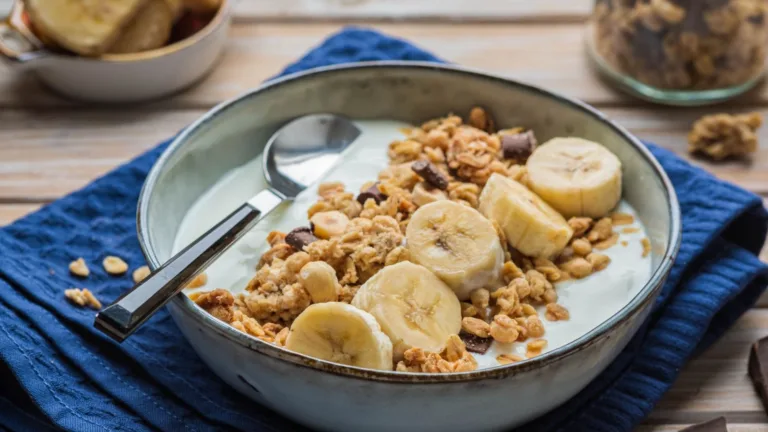The Game-Changing Benefits of High Intensity Circuit Workouts for Men
High Intensity Circuit Workouts (HICW) offer a time-efficient and effective way for men to stay fit without spending hours in the gym. HICW involves quick, intense bursts of exercise followed by short recovery periods, helping to burn fat and build muscle. It breaks workout monotony and can be done without any equipment. HICW engages both the anaerobic and aerobic systems, leading to improved cardiovascular health. Muscle confusion prevents adaptation, and applying progressive overload ensures continuous improvement. Proper nutrition and post-workout recovery are crucial for optimal results. HICW also cultivates mental toughness, flexibility, and enhanced endurance.









